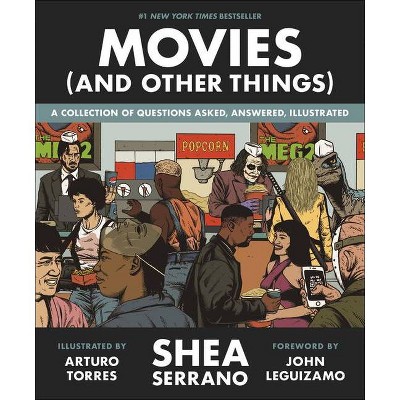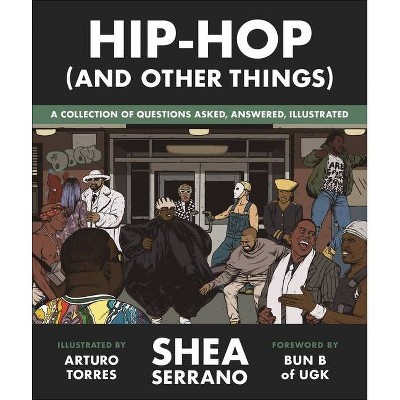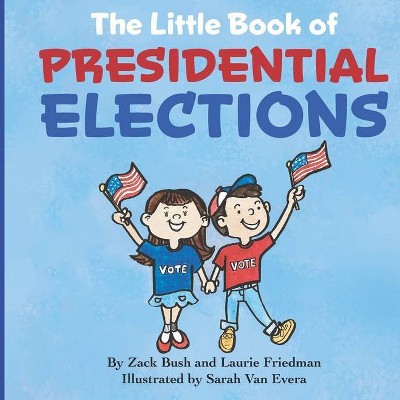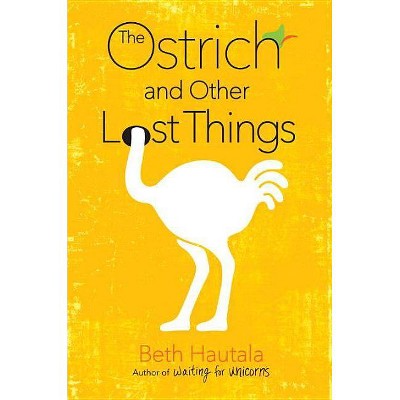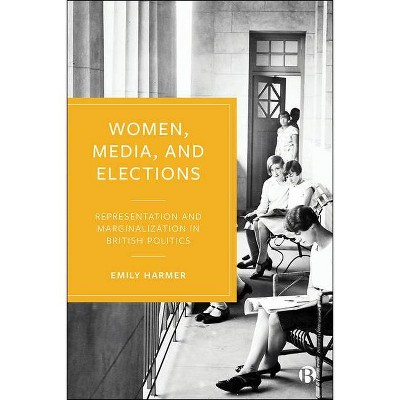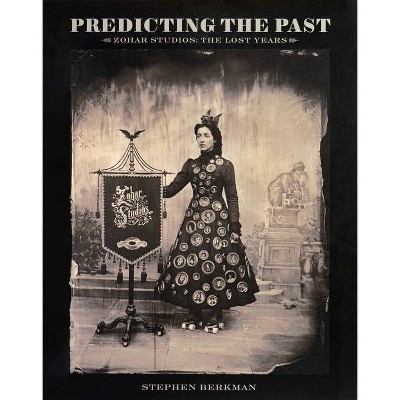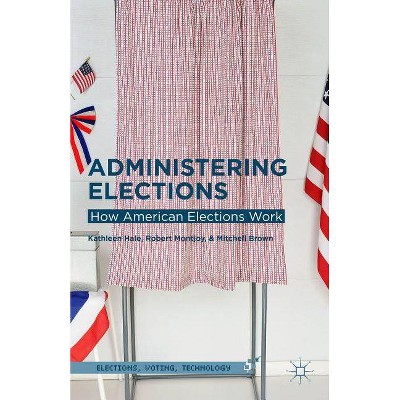Predicting Presidential Elections and Other Things - 2nd Edition by Ray Fair (Hardcover)
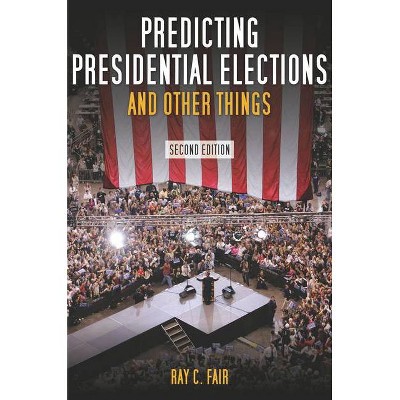
Similar Products
Products of same category from the store
AllProduct info
<p/><br></br><p><b> About the Book </b></p></br></br>Using a rich array of examples, this book clearly and simply shows how a host of diverse events can be explained and predicted using statistics and tools from social science. The text moves from a discussion of formulating theories about real world phenomena to lessons on how to analyze data, test theories, and make predictions.<p/><br></br><p><b> Book Synopsis </b></p></br></br>Using a rich array of examples, this book clearly and simply shows how a host of diverse events can be explained and predicted using statistics and tools from social science. The text moves from a discussion of formulating theories about real world phenomena to lessons on how to analyze data, test theories, and make predictions.<p/><br></br><p><b> From the Back Cover </b></p></br></br>"Well written and clear, with entertaining and sometimes surprising examples, this book of excellent scholarship is designed for those who don't know any statistics and need to be walked through it. The author is both patient and painstaking, popularizing statistical thinking in a way that makes it available to a wide audience and communicating interesting social science at the same time. He puts things in a striking light that should communicate to an audience that is not otherwise served."--John Ferejohn, Stanford University<BR>"Predicting Presidential Elections and Other Things is a captivating account of how social scientists attempt to predict future quantitative events using past trends and quantitative relationships."--American Journal of Economics and Sociology<p/><br></br><p><b> Review Quotes </b></p></br></br><br>Economics is everywhere. Follow Ray Fair in this delightful romp through decision making by the fed, choices we make in bed, which politicians we'll shed, how to buy a good red, and the inevitable slowdown that aging marathoners dread. The data deluge that began with the microcomputer is creating a golden age of social science. And Ray Fair was among the first to discover just how tease out the fascinating stories these data are telling.--Justin Wolfers, The Wharton School "University of Pennsylvania"<br><br>Over the last ten years, Americans have gained weight; that is a bad thing. Over the last ten years - the interval between the 1st (CH, Feb '03, 40-3473) and 2nd editions - Yale economist Fair's <i>Predicting</i> has also put on weight, 50 pages to be exact, and that is a good thing. The first edition was quite good; the second was even better. . . Highly recommended.--A. R. Sanderson "<i>Choice</i>"<br><br>This text is perfectly suited for advanced undergraduates and acts as an ideal complement to the average textbook. Too often, students don't see the forest through the trees. Traditional texts talk of OLS estimators, CRMO assumptions, hypothesis tests, etc. without giving readers much context. Fair's book gives them a reason to care about econometrics.--Robert A. Lawson "Auburn University"<br><p/><br></br><p><b> About the Author </b></p></br></br>Ray C. Fair is Professor of Economics at Yale University. He areas of expertise include econometrics and the relationship between economics and politics. Well known for his predictions of presidential elections, Fair is the author of <i>Estimating How the Macroeconomy Works</i> (2004) and the widely used textbook, <i>Principles of Economics, Tenth Edition</i> 2011.
Price History
Price Archive shows prices from various stores, lets you see history and find the cheapest. There is no actual sale on the website. For all support, inquiry and suggestion messagescommunication@pricearchive.us
